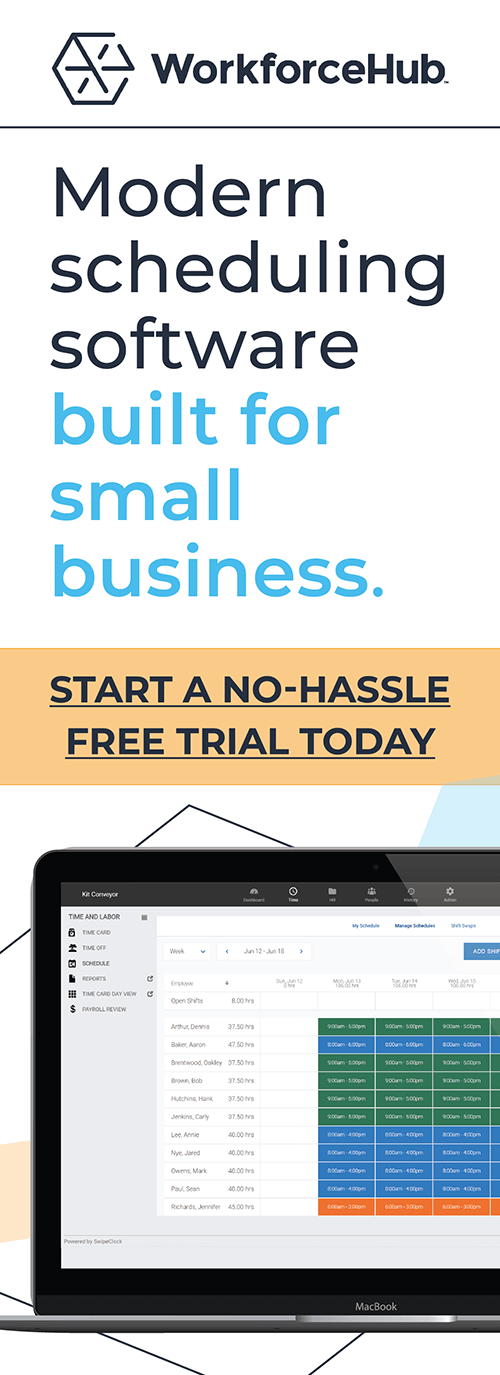How To Build Company Culture

The culture of your company impacts more than just how employees feel when they come to work. It also plays a role in recruiting efforts, employee retention, and overall workplace morale. If you’re not sure how to build company culture, keep reading! We cover the benefits of a positive atmosphere and a detailed how-to guide for building your culture.
Understanding Company Culture
Although it’s difficult to succinctly define company culture, it generally encompasses the actions, behaviors, and attitudes of those who work for a specific organization. At its core, organizational culture incorporates how employees complete their tasks and interact with each other, as well as how company leaders influence the atmosphere. Beyond the formal aspects, such as written policies and regulations, culture also encompasses the informal behaviors and expectations.
The Benefits of a Strong Culture
Building a strong company culture has many benefits. Research shows that organizations listed on the “100 Best Companies” list have substantially higher financial returns than average. Businesses that invest in their people tend to reap financial rewards as employees are happier, and that shows in interactions with customers, vendors, and other external parties.
Employee retention is another benefit of an inclusive and positive culture. When team members feel supported and valued, they’re more likely to stick around. Encouraging innovation and creativity as part of your organizational culture can play a role in a highly rated atmosphere as well.
Building Your Company Culture
With a better grasp on the importance of company culture, you can follow the steps below to refine and polish the atmosphere in your workplace.
Conduct a cultural assessment
You can’t fix issues you’re not aware of, so a critical first step in establishing culture is conducting an audit or cultural assessment. This process includes reviewing the behaviors, actions, and attitudes present in the workplace today. You should also take the opportunity to request feedback and insights from team members. The workforce is the best source of knowledge, as they’re the ones on the front lines of the business, interacting with customers and implementing policies.
Use the information gleaned from your culture audit to identify company strengths and areas for improvement. You can also talk to those who shared feedback to find out whether they have ideas on how to make the workplace better.
Define vision and core values
It’s nearly impossible to achieve shared goals and work together if the vision and values of the business aren’t well-defined. Take some time to establish the mission of the organization and how its core values provide support. If you’re unsure of the mission or need guidance on the vision statement or core values, look at some examples from top companies.
After you have defined your mission, vision, and core values, make sure to communicate them to the entire team. Include them in workspaces, employee documents, and customer-facing materials.
Lead by example
The culture of a company starts at the top. If your leaders are unwilling to modify their behaviors to align with the vision of the business, it’s unlikely anything will change throughout the workforce. Business leaders shape the organizational culture by demonstrating desired behaviors and fostering trust and transparency. Leading by example is the best way to establish the culture you want.
Collect employee feedback
A strong culture includes open communication in which leaders are interested in hearing feedback from their subordinates. Establish channels for sharing ideas, feedback, and recommendations, promote transparency in all methods of communication, and encourage collaboration between team members and departments.
Recognize and reward positive actions
Most of the top-rated companies have at least one thing in common: recognizing and rewarding positive actions. Supportive recognition programs tend to help employees feel more valued, which contributes to their feelings about their employers. Establish a formal way to celebrate milestones and successes and link incentives to achieving goals that relate to the mission, vision, and values.
Evaluate the culture regularly
Company culture isn’t a “set it and forget it” situation. Instead, it requires ongoing evaluation to ensure its success. If you want to make sure the culture remains positive in your workplace, you’ll need to continue to monitor and measure its impact. Request ongoing feedback and recommendations from employees and implement those requests when needed.
Building a strong culture is doable, regardless of the size of your company or the industry in which it operates. And taking the steps needed to achieve this goal can spread positive effects throughout the organization, making it a worthwhile endeavor.
Simplify HR management today.
Simplify HR management today.
Gusto + WorkforceHub Timekeeping: A Match Made in Heaven
Manage your workforce efficiently with the time-tracking solution you need and data that syncs with your payroll platform. If you currently use Gusto, a cloud-based payroll, benefits and human resource management system, you may be looking for something to manage time and labor. After all, failing to track employee hours can put your business in…
Read MoreWhat to Expect in the Workplace During March Madness
It’s that time of year again. Everyone is talking about Cinderella teams, brackets, upset alerts, and cutting down nets. As an employer, you may be wondering how March Madness impacts your team morale and productivity levels. And the reality is, the NCAA basketball tournament does have an effect. But just how much? Let’s dive in…
Read More





